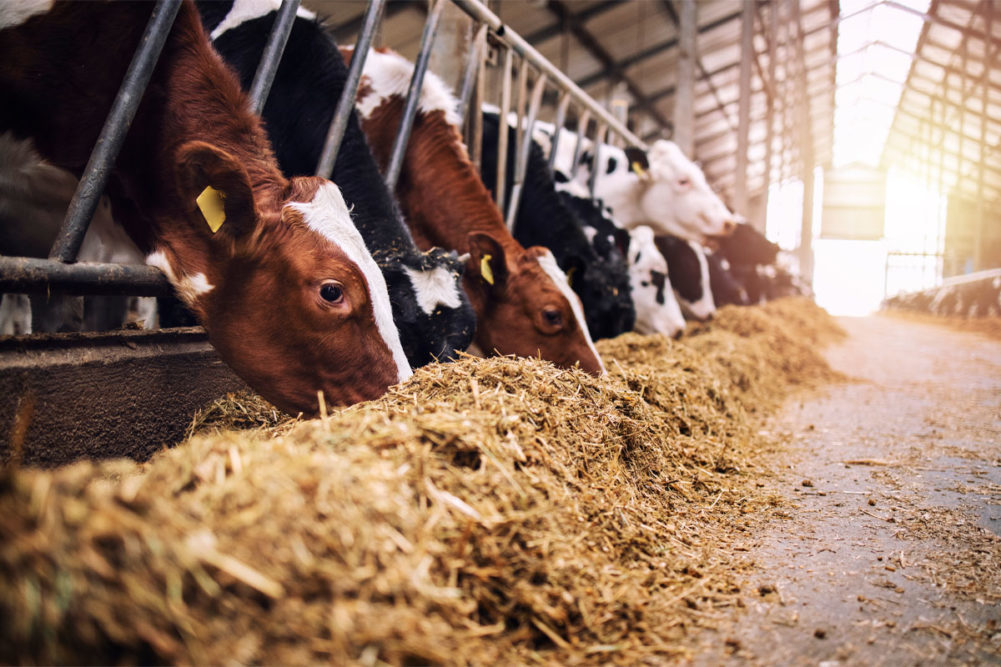WASHINGTON — The US Department of Agriculture, wanting to limit the spread of highly pathogenic H5N1 avian influenza, announced April 24 it has mandated testing of HPAI for interstate movement of dairy cattle. The Federal Order becomes effective April 29.
Before interstate movement, dairy cattle must receive a negative test for influenza A virus at an approved National Animal Health Laboratory Network (NAHLN) laboratory. Owners of herds in which dairy cattle test positive for interstate movement will be required to provide epidemiological information, including animal movement tracing. The steps immediately become required for lactating dairy cattle. The requirements for other classes of dairy cattle will be based on scientific factors concerning the virus and its evolving risk profile.
APHIS will reimburse the cost of testing at NAHLN laboratories.
Laboratories and state veterinarians must report influenza A nucleic acid detection diagnostic results in livestock to the USDA’s Animal and Plant Health Inspection Services (APHIS). Laboratories and state veterinarians also must report influenza A serology diagnostic results in livestock to APHIS.
Since late March, the USDA, the US Food and Drug Administration, the US Centers for Disease Control and Prevention and the NAHLN have investigated the emergence of HPAI in dairy cows. As of April 24, the USDA had confirmed HPAI detections in 33 dairy cattle premises in the eight states of Kansas, Idaho, Michigan, New Mexico, North Carolina, Ohio, South Dakota and Texas.
Since confirming an HPAI virus in a commercial poultry flock in the United States on Feb. 8, 2022, the USDA has responded to over 1,100 HPAI detections on poultry farms. HPAI may wipe out entire poultry flocks within a matter of days, according to the USDA.
“While we are taking this action today, it is important to remember that thus far, we have not found changes to the virus that would make it more transmissible to humans and between people,” the USDA said April 24. “While cases among humans in direct contact with infected animals are possible, our partners at the US Centers for Disease Control and Prevention (CDC) believe that the current risk to the public remains low.
“Additionally, we continue to see affected cows recover after supported care with little to no associated mortality.”
The commercial milk supply in the United States is safe because of both the pasteurization process and the required diversion or destruction of milk from sick cows, according to the USDA and the FDA.
The FDA’s data are consistent with other studies showing the legally required temperature and time for milk pasteurization to inactivate HPAI, according to a joint statement from the International Dairy Foods Association and the National Milk Producers Federation. The two groups discouraged the consumption of raw milk and recommended all raw milk and raw milk components be heat-treated to a temperature and duration that kills harmful pathogenic bacteria and other microorganisms, including HPAI.
The USDA said it had the authority to issue the Federal Order based on the Animal Health Protection Act, which authorizes the Secretary of Agriculture to carry out operations and measures to detect, control or eradicate any pest or disease of livestock.




